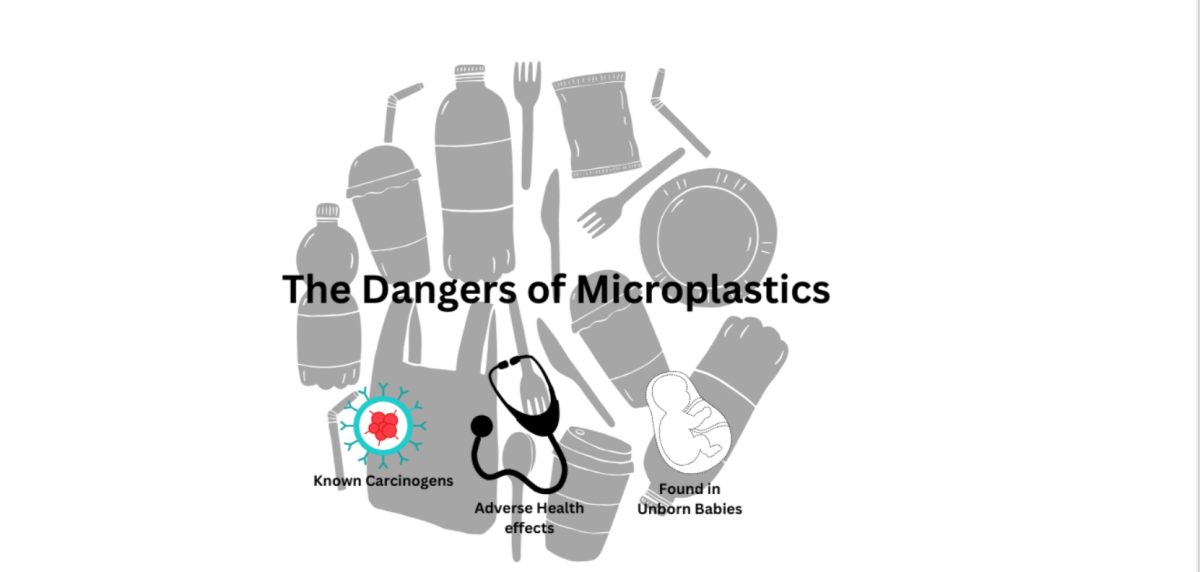In recent years, the phenomenon of microplastics has begun to take effect as a result of pollution and our overall mismanagement of plastic. The extent to which microplastics are present in our environment and the effects they have on humans are actively being researched, however there is already significant research on the issue.
It has been found that microplastics have entered humans’ bodies through multiple pathways including consuming seafood, inhalation, plastic containers, and many other foods and drinks. There are records of microplastics being found deep inside the lungs of surgical patients, as well as in the blood of anonymous donors. There have even been reports of microplastics being found in unborn babies.
This is a major cause for concern, as research suggests microplastics have infiltrated our society to an unknown extent, and we do not yet fully understand the consequences this may have. From the research that has been done, it has been revealed that not only are the particles widespread, they have potentially harmful effects on humans.
Plastics are composed of many various chemicals, a significant portion of which are likely to be harmful to humans. It is known that many plastics contain BPA chemicals which disrupt human hormones including testosterone levels in men. There has been a recent phenomena of environmental estrogen being highly prevalent and inducing earlier puberty in girls and later puberty in boys, along with overall lower testosterone levels in men. Based on the known research, one can speculate that microplastics may be a contributing factor to this issue.
Plastics also are also known to contain carcinogens, or chemicals that cause cancer. One common carcinogen found in plastics is diethylhexyl phthalate or DEHP. DEHP has been found in many various products, which could result in presence within microplastics.
Testing the effects microplastics have on humans is a difficult task, as many testing methods would be considered unethical. Despite this challenge in testing research, there have been some successful studies. It has been discovered that microplastics can cause damage to human cells, along with endocrine disruption and other negative effects.
Overall, it is clear that microplastics are an issue worthy of concern, and as research continues we will find out the extent to which they are impacting our environment and daily lives. Microplastics can ultimately be considered another side effect of the overall pollution and mistreatment of the environment that we as a society have been guilty of. In order to combat these negative effects, we must take action towards reducing our collective consumption and waste, along with pushing for sustainable materials to be used in our products.







